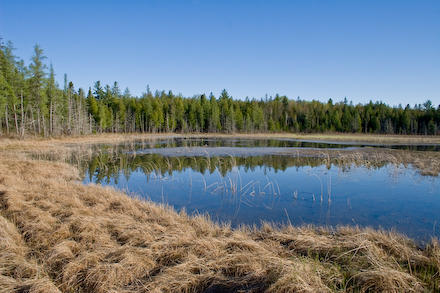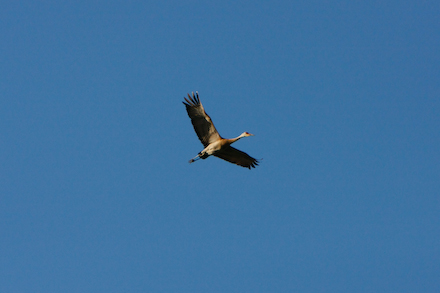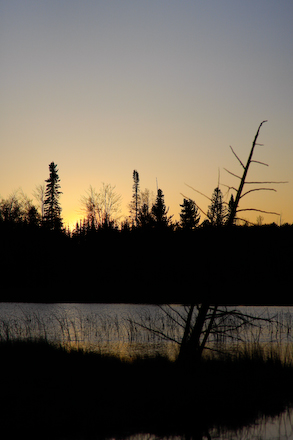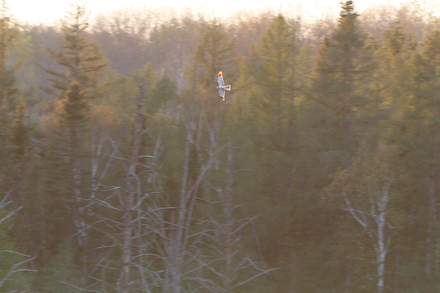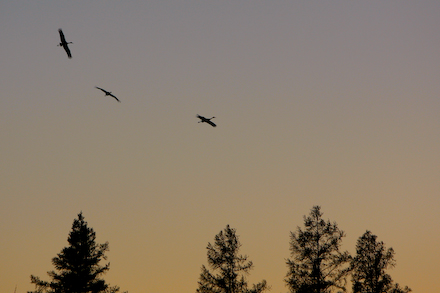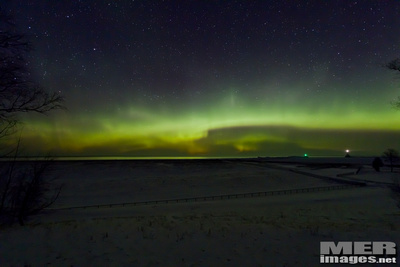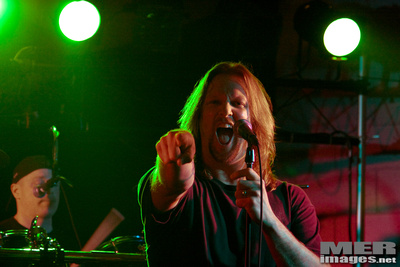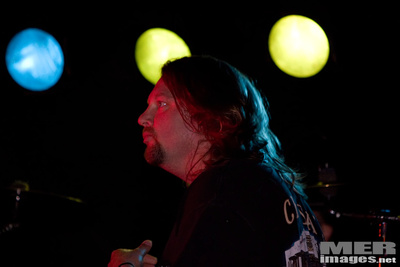In this fast paced world in which we live it can be easy to forget that nature operates on a very different clock. Our schedule has very little to do with when the sun rises in the morning and when it sets in the evening. If we need to do something when the sun is down we turn on a light. Even before electricity we “bucked the system” so to speak and used artificial light to extend the hours of our day.
In nature that is not the case. Daytime creatures go by a different clock and abide by the rules nature sets forth. They have no means of providing additional illumination once the sun has retired for the day. Wherever they are when the sun goes down is where they will have to stay.
In a recent trip to a land yet untouched by human civilization it became quite apparent to me how it all works. Of course it’s common knowledge to those who observe wildlife that early morning and late evening are when there is the most activity. Although I knew this I never really asked myself the question why. But as an observer held hostage to natures own symphony in this arena it became quite clear.
Imagine what it would be like to have no control over light. When the sun sets you had better be where you need to for there are no lights to turn on. And when the sun rises you know it is for a limited time only so you had better get going. Sleeping in is not an option in nature. With this perspective it becomes quite clear why wildlife is most active during the earliest and latest parts of the day. As the sun sets it is their last opportunity to get home. And when the sun rises it is their first opportunity to find food after their evening fast.
What most fascinated me while sitting in this arena of nature is the volume of activity that occurred as the sun dropped below the tree line. There was definitely a sense of urgency as the light diminished before me. The bird count increased in what seemed to be exponential fashion. A hawk surveying the far side of the lake for a last minute meal. A lone goose lands in the distance and settles in for the night. The sandhill cranes which an hour ago were unseen and unheard were now doing frequent flybys.
Now the only light left is that which reflects off a cloudless sky. The flury of activity is now replaced by silence and calm. As nature settles in for the night one lone crane lands in a tree off in the distance. The curtain is about to fall on this final performance of the day.
